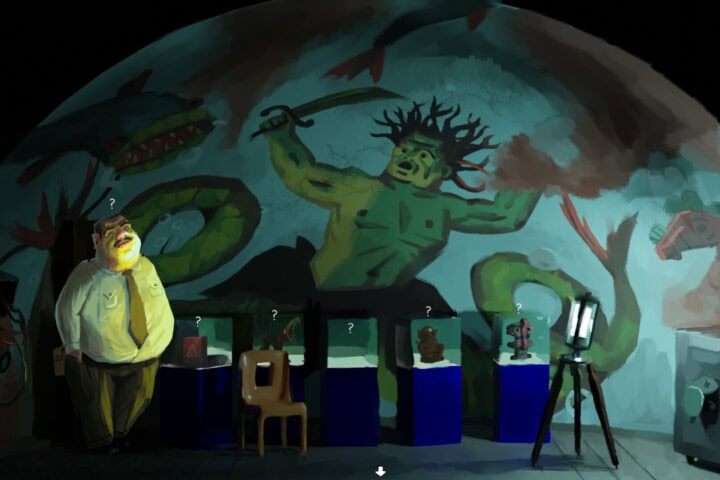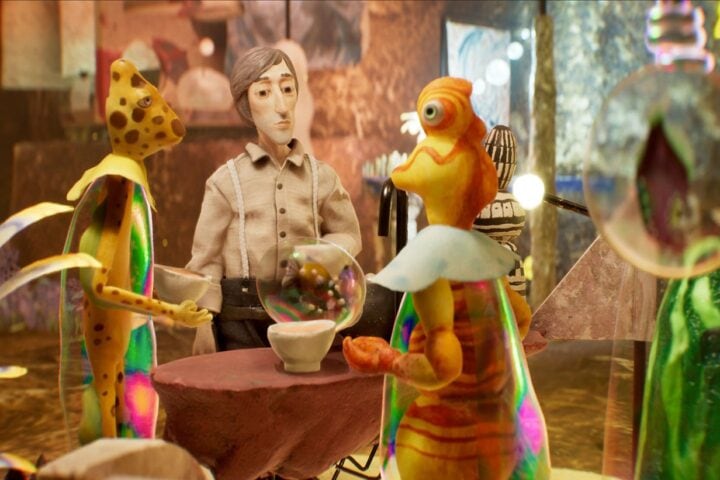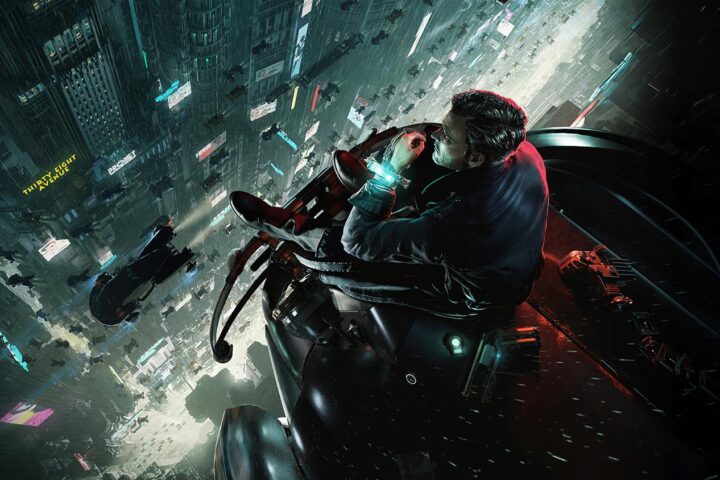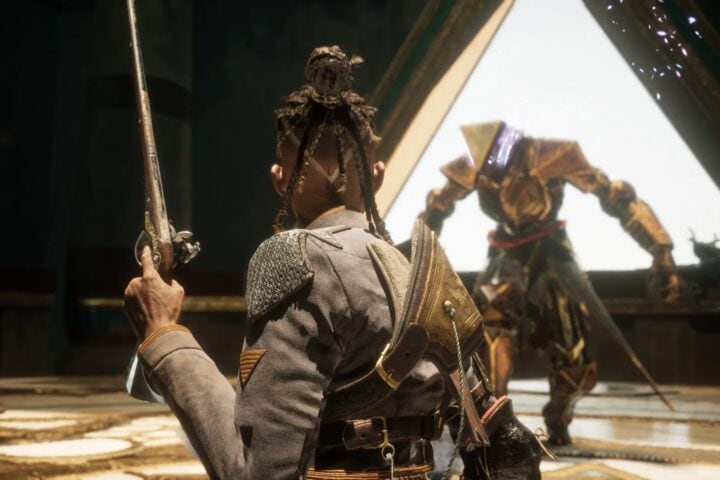The central plot of Sarepta Studio’s Thalassa: Edge of the Abyss is about the mystery surrounding its titular ship, a large seafaring vessel built to bring divers to explore wrecked ships and to dredge up whatever artifacts it can. You play as Cam, one of the Thalassa’s divers, who leaves its crew after a tragic accident. After some time away, you hear news that the Thalassa is wrecked, and you decide—along with the ship’s old diver support crew member, Bailey—to return to its sunken remains and uncover what happened.
This is a story that delves into themes of loss and depression, and the game’s message is fine in this regard. But it’s also mostly unremarkable and a bit heavy-handed—especially considering how well-trod these themes are in Thalassa’s most well-known predecessors, What Remains of Edith Finch and Gone Home, games which mined these topics in more interesting ways.
Gameplay-wise, Sarepta Studio’s latest sits firmly in the tradition of those earlier titles, both of which have been tagged with the somewhat unfair but still useful “walking simulator” label. Throughout, Thalassa delivers its narrative primarily through the discovery of objects around the game world, with an array of notes and wax cylinders (the game’s version of audio logs) doing most of the heavy lifting. There are also plenty of locked doors and blocked pathways that you’ll unlock by walking around and finding various keys and tools.
At its best, Thalassa sustains a dense, almost oppressive mood. It makes the most of its setting, with its long, dark hallways and windows smudged with silt. Cracks in floors and seams pulling apart tease at clues or dark secrets. Slow animations and a tight, visually restrictive camera (which makes all the more sense considering the low visibility of the main character’s dive suit) seem less like limitations and more like ways to draw out the tension inherent in your situation. Sound design is critical here as well, with the occasional gurgling of bubbles from your suit and all the echoey distortion of the deep sea drenching everything in an eerie atmosphere.
Thalassa uses a couple of clever tricks to further deepen this tension. Early on, there’s a suggestion that you may not be alone inside the wreck of the ship. This possibility, along with the implications it brings, hangs over you as you commence your investigation. Going deeper into the wreck also causes Bailey’s communication equipment to malfunction, thus isolating you further in what was already an uncomfortably distant location. Occasionally, the game even manages to have a similar effect to one you find in games like Subnautica and Outer Wilds—an instinctual sense of discomfort that comes with being somewhere that you should not be.
There’s some unevenness at times with the game’s pacing, which probably comes in part down to its relatively open nature. Some of it, though, comes from a stiffness of design that can create some awkward moments. There are instances where players are likely to have a mystery solved due to things they’ve deduced but where progress in the “mysteries” menu (a critical mechanic in the game that involves connecting clues in order to answer questions about Thalassa’s story) stalls out until you find the specific combination evidence that the game requires.
The game can also go for long stretches without you hearing from Bailey (and for no discernible story reason), which feels jarring considering how frequently your support crew member talks to you at other times. And, somewhat bafflingly, listening to Thalassa’s wax cylinders locks you in place, which seems to run counter to the idea of telling a story through audio logs, and serves to make a game in which you move very slowly feel even more static.
There’s also the odd choice to render some solutions on the mystery board as cutscenes with NPCs acting out past events. These are usually a bit stiff and awkward, with characters rendered inexplicably in highlighter yellow. They seem like an effort to heighten the drama of the game’s most important moments. But in leaving less to the imagination, they instead have the opposite effect—shining too bright a light on a story that thrives in its moments of murky mystery.
This game was reviewed with code provided by Team17.
Since 2001, we've brought you uncompromising, candid takes on the world of film, music, television, video games, theater, and more. Independently owned and operated publications like Slant have been hit hard in recent years, but we’re committed to keeping our content free and accessible—meaning no paywalls or fees.
If you like what we do, please consider subscribing to our Patreon or making a donation.





